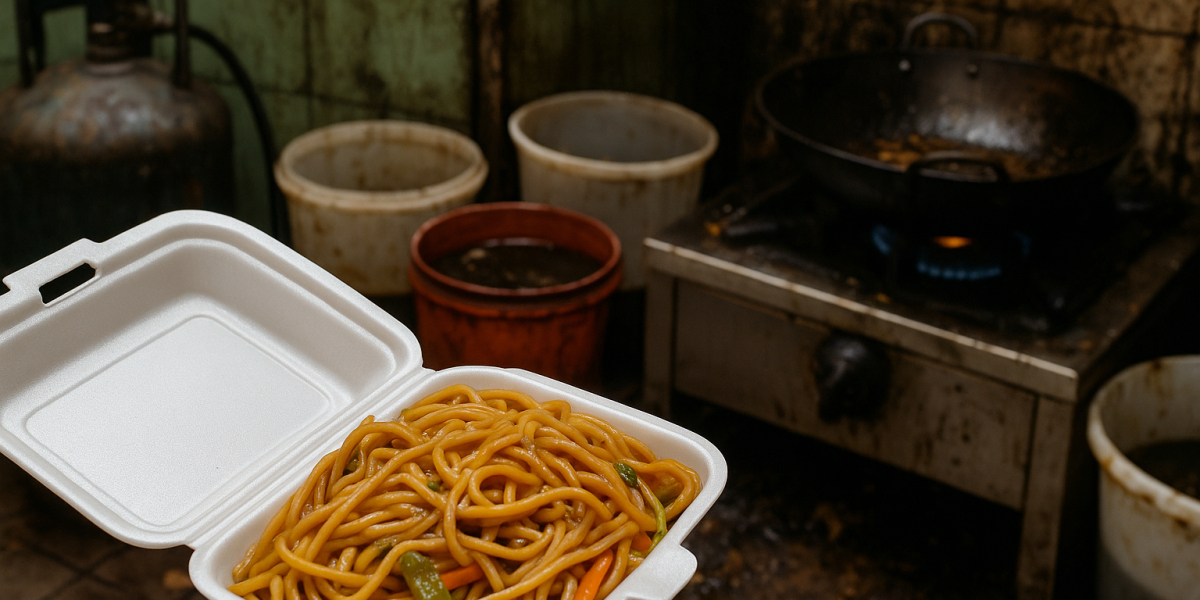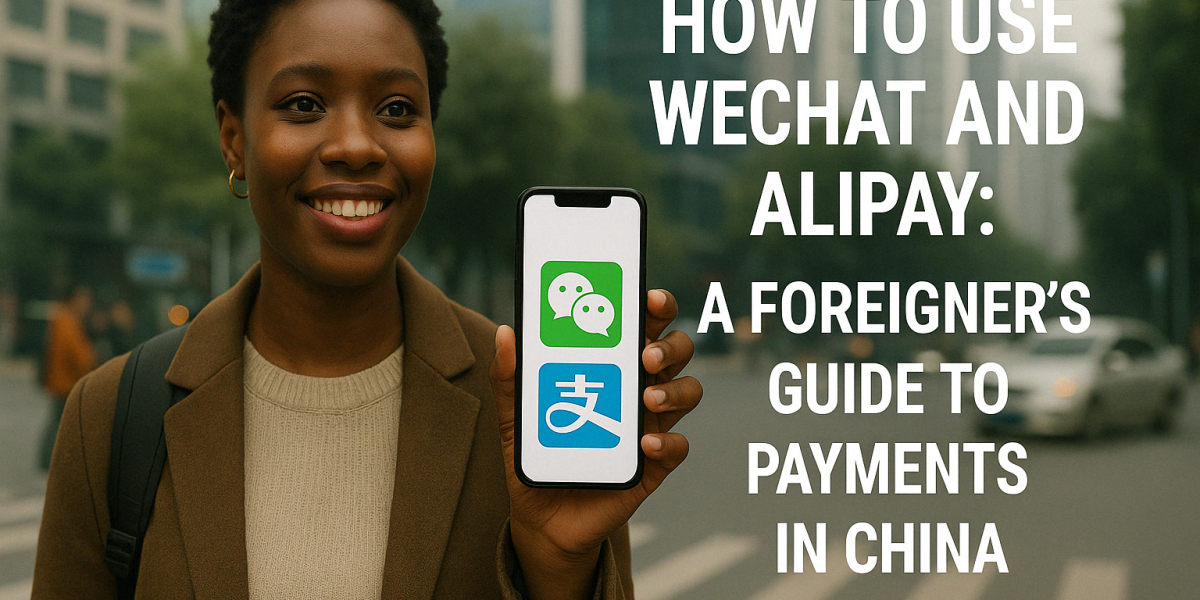Food delivery in China is next level. You open your app, tap a few buttons, and boom — a hot meal lands at your door, often faster than you could cook instant noodles. It’s cheap, fast, and feels like a modern-day superpower.
But behind all that convenience? There’s a side of the story that most people don’t talk about — and honestly, it’s a bit disturbing.
Let’s talk about ghost kitchens.
If you’ve been in China long enough, you’ve probably heard the term — or at least fallen for one. These are restaurants that technically exist, but not in the way you’d expect. No storefront, no dining area, sometimes not even a proper kitchen. Just a back alley space with a stove, a phone, and a delivery account.
Some of these places operate under fake brand names, with beautiful photos and five-star ratings that are anything but real. They copy menus, use stock photos, and flood their listings with fake reviews to look legit. Meanwhile, they’re serving food in conditions that would make you lose your appetite instantly.
There’ve been actual reports and raids where authorities found:
- Expired or rotten ingredients
- Dirty, greasy kitchens crawling with bugs
- Meat and eggs way past their expiration dates
- “Premium” meals being made in run-down shacks
And the worst part? Many customers had no clue. Until someone got sick and tried to trace where the food came from — only to find the place didn’t even have a real address.
The delivery platforms? Not always on top of it.
Apps like Meituan and Eleme are huge, and while they say they monitor restaurants, the truth is… a lot still slips through. Some sellers change names, relocate, or just disappear and come back under a new name.
So, how do you stay safe?
Here’s the simple rule: don’t trust the photo.
A beautiful meal photo and a glowing review mean nothing if it’s coming from a place you wouldn’t step foot into in real life.
Tips to protect yourself:
- Stick to places you know — If you’ve eaten there in person and seen how they operate, it’s a safer bet.
- Go for known brands — Big chains usually have higher hygiene standards (and more to lose if they mess up).
- Be picky — If the price seems too good to be true, or the restaurant has no actual location, that’s a red flag.
- When in doubt, skip it — Not every craving is worth the risk of food poisoning.
At the end of the day, food delivery in China is still amazing — but it’s not foolproof. Be smart, be selective, and don’t let a cheap meal cost you your health.
Stay safe, fam.
— Team Hafrik



